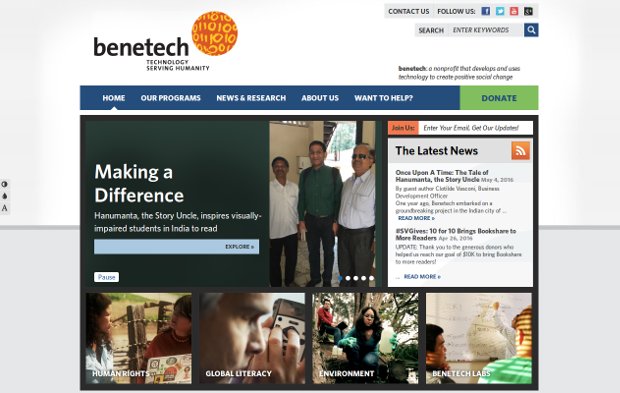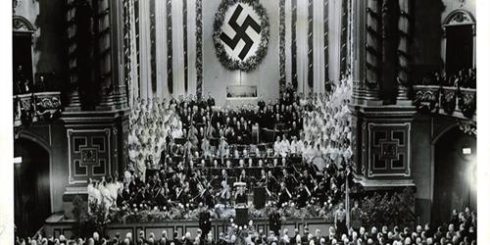It was at Caltech during the 1970s when the idea hit like lightning: an engineering student named Jim Fruchterman had just learned, in a modern optics class, about how pattern recognition technology could guide a missile to its target. “If you could use this technology to recognize tanks or bridges,” he thought, “perhaps you could also recognize letters and words. Then we could use software to read those words aloud to people who are blind.” It was years later, after a stint as a rocket engineer, that Fruchterman cofounded a venture capital–backed tech company called Calera Recognition Systems. There he helped invent the first successful machine that could read just about any printed font without requiring human training. The products based on that technology had many commercial applications, but he hadn’t let go of his earlier idea. Soon he and the Calera team began prototyping a reading machine for the blind. When the machine was presented to Calera’s investors, they were impressed that it worked. However, they didn’t want Calera to pursue it. They had significant capital in the company, and not only was the machine projected to generate negligible profits, it would also take the focus away from developing more profitable products. It was then that he realized his dream didn’t fit in with the model of a for-profit tech company. So he decided to start a nonprofit. In 1989, Benetech was born with a business model intended to keep costs low for users, and the organization quickly became the largest maker of affordable reading systems for the blind. Today, Benetech continues to be a different kind of tech company – one with a pure focus on developing technology for social good.  Website: http://benetech.org/
Website: http://benetech.org/
What should the ideal technology company look like?
![]()
STAY IN TOUCH
SUBSCRIBE TO OUR NEWSLETTER
AND RECEIVE OUR LATEST STORIES
OLBIOS NETWORK FOR ACTION










